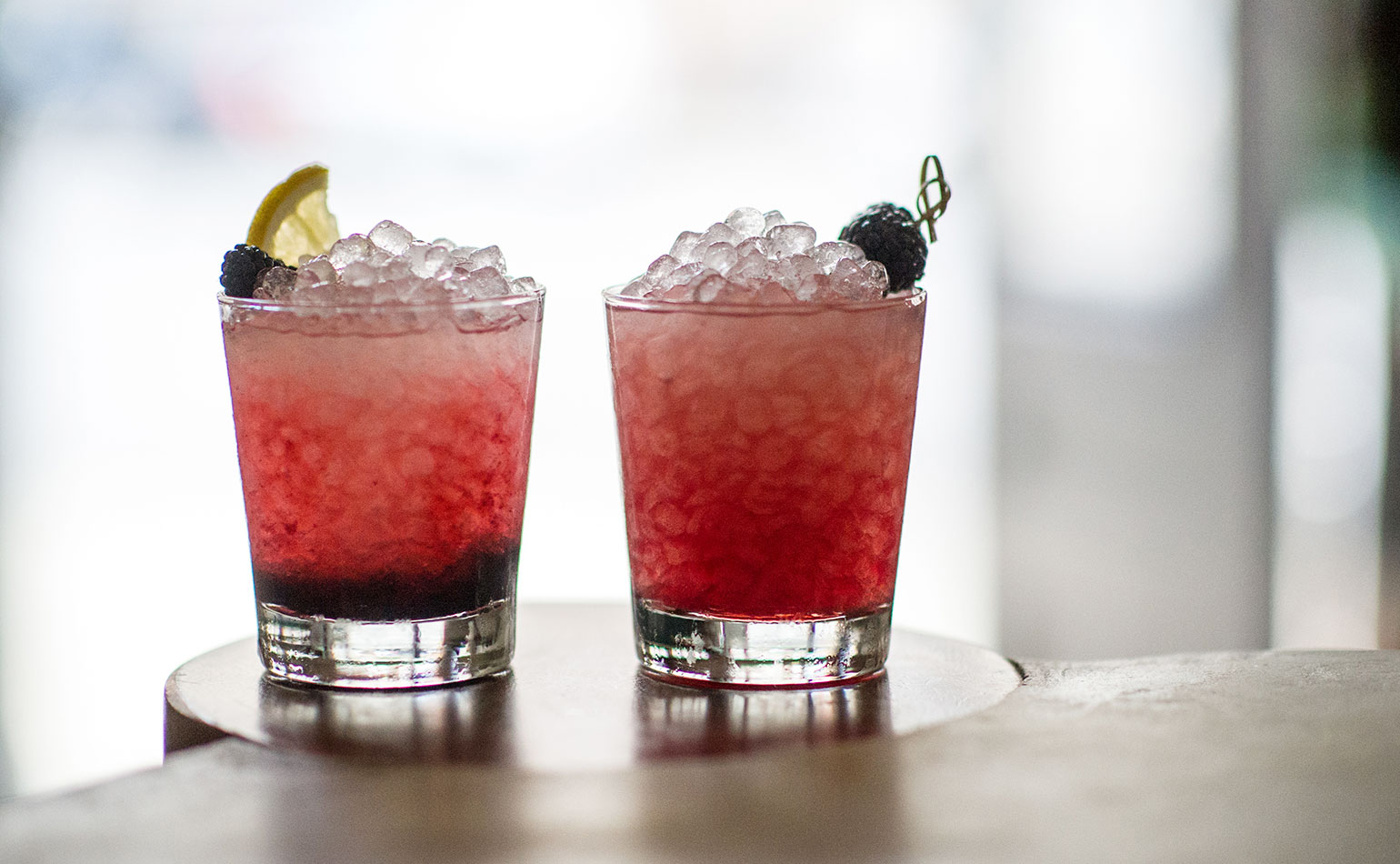
Bramble, also known as blackberry, is a beloved fruit that has been enjoyed for centuries. Its sweet yet tart flavor and succulent texture make it a favorite among fruit enthusiasts and culinary experts alike. But did you know that there’s more to bramble than meets the eye? In this article, we will delve into the fascinating world of bramble and uncover eight intriguing facts that you may not be aware of. From its rich history to its various health benefits, there’s no doubt that bramble is more than just a delicious treat. So sit back, relax, and prepare to be amazed by these captivating facts about bramble.
Key Takeaways:
- Bramble, also known as blackberry, has a rich history dating back to ancient times, with Romans cultivating it for its medicinal and culinary uses.
- Bramble is not only delicious but also packed with essential nutrients, offering a burst of flavor in desserts and playing a vital role in maintaining ecological balance.
The mysterious origins of Bramble
Bramble, also known as blackberry, is a delicious and versatile fruit that has been enjoyed for centuries. Its exact origins are shrouded in mystery, with some experts speculating that it has been around since ancient times. The Romans even cultivated blackberries for their medicinal and culinary properties.
The bountiful health benefits of Bramble
Bramble is not only delectable but also packed with essential nutrients. It is a rich source of vitamins C, K, and E, as well as dietary fiber. These nutrients contribute to overall wellness and support a healthy immune system. Additionally, Bramble is known to have antioxidant properties that help protect against cell damage.
The versatile culinary uses of Bramble
Bramble is a culinary gem that can be enjoyed in a variety of ways. It adds a burst of flavor to desserts like pies, tarts, and crumbles. The vibrant color and sweet-tart taste of Bramble also make it a popular choice for jams, jellies, and preserves. Additionally, Bramble can be used in savory dishes, such as sauces and dressings, to add a unique twist.
Bramble’s role in traditional medicine
Bramble has long been revered for its medicinal properties. In traditional medicine, Bramble leaves and roots have been used to treat various ailments. They have been believed to have anti-inflammatory and diuretic effects, as well as relieving sore throats and digestive issues. However, it is important to consult a healthcare professional before using Bramble for medicinal purposes.
Bramble’s prominent presence in folklore
Bramble has a significant presence in folklore and mythology across different cultures. In some legends, it is associated with protection against evil spirits and bad luck. Others believe that Bramble berries have magical powers. The folklore surrounding Bramble adds to the enchantment and allure of this delicious fruit.
The thorny nature of Bramble bushes
One characteristic that distinguishes Bramble bushes is their thorny nature. The thorns act as a natural defense mechanism, protecting the plant from potential threats. While the thorns can make harvesting Bramble a bit challenging, they are a small price to pay for its juicy and flavorful rewards.
The global popularity of Bramble
Bramble has gained popularity worldwide due to its irresistible taste and versatility in various cuisines. It is used in desserts, drinks, and even as a garnish. In some countries, Bramble festivals and picking competitions are held to celebrate this beloved fruit.
The ecological significance of Bramble
Bramble plays a vital role in maintaining ecological balance. Its dense growth provides shelter and food for various wildlife species, including birds and small mammals. The flowers of Bramble also attract bees and other pollinators, contributing to the overall health of ecosystems.
Conclusion
The bramble plant is truly fascinating, with its unique characteristics and diverse uses. From its delicious berries to its medicinal properties, there’s no doubt that bramble is worth learning about. Whether you’re a food enthusiast, a gardener, or someone interested in natural remedies, exploring the intricate world of bramble will surely leave you intrigued and appreciative of this remarkable plant.
FAQs
Q: What is a bramble?
A: Bramble refers to various species of prickly shrubs belonging to the Rubus genus. It typically produces edible berries and is known for its thorny branches.
Q: Are all bramble berries safe to eat?
A: While most bramble berries are safe to eat, it is essential to avoid consuming berries from unknown plants as some may be toxic. Stick to recognized bramble species like blackberries, raspberries, and dewberries.
Q: Can bramble leaves be used for medicinal purposes?
A: Yes, bramble leaves are often used in traditional medicine for treating various ailments, including diarrhea, sore throats, and skin conditions. However, it’s crucial to seek guidance from a qualified herbalist or healthcare professional before using them medicinally.
Q: Can bramble be grown in containers?
A: Yes, bramble plants can be grown in containers, making them suitable for small gardens or balconies. Ensure the container is deep enough to accommodate the plant’s root system and provide proper support for the sprawling branches.
Q: How do you propagate bramble plants?
A: Bramble plants can be propagated through seeds, cuttings, or layering. Each method has its own requirements and advantages, so choose the one that suits your preference and resources.
Q: How long does it take for bramble berries to ripen?
A: The time it takes for bramble berries to ripen varies depending on the species and growing conditions. On average, it can take between 4 to 6 weeks for the berries to fully ripen after flowering.
Q: Can bramble be grown in different climates?
A: Yes, bramble plants are versatile and can adapt to various climates. However, some specific species may have temperature preferences, so it’s best to choose varieties suited for your region.
Q: Can bramble be used for culinary purposes other than fresh consumption?
A: Absolutely! Bramble berries can be used in a variety of culinary creations, such as jams, pies, desserts, and beverages. They can also be frozen or dried for later use in recipes.
Bramble's allure extends beyond its intriguing facts. For those seeking more surprises, our article on berry bramble delves into 14 unexpected tidbits. History buffs might find themselves drawn to the cinematic tale of Five Graves to Cairo, where we unearth 34 captivating details about this classic film. Whether you're a nature enthusiast, curious explorer, or movie aficionado, there's always something new to discover in the vast world of knowledge.
Was this page helpful?
Our commitment to delivering trustworthy and engaging content is at the heart of what we do. Each fact on our site is contributed by real users like you, bringing a wealth of diverse insights and information. To ensure the highest standards of accuracy and reliability, our dedicated editors meticulously review each submission. This process guarantees that the facts we share are not only fascinating but also credible. Trust in our commitment to quality and authenticity as you explore and learn with us.


